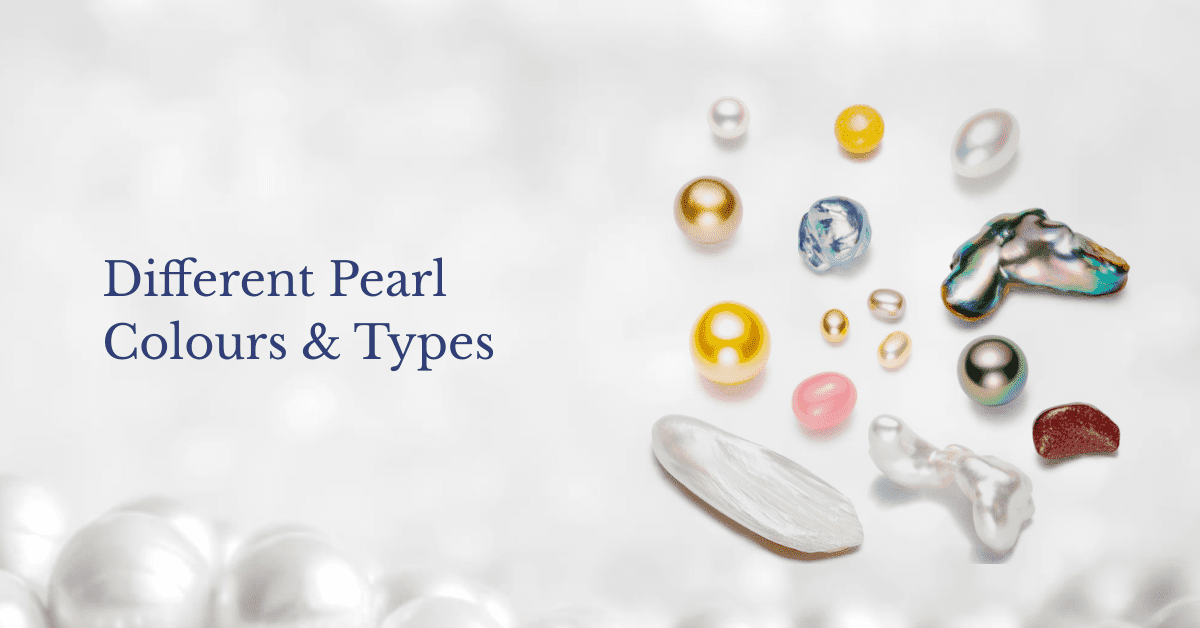Pearls are the most prominent gems in the world. The elegance of pearls shines alone. These are the most loved gems of all time. A Chinese historian discovered pearls in 2,206 BCE; since then, they have been valued as gemstones. Pearls are also known as one of the birthstones for people born in the month of June. You can read all about it in our blog – All you need to know about June birthstones.
Pearls add a dash of oomph and sophistication to any outfit. Depending on the colour and type of pearls, these gems can be mysterious or bold and striking.
Some can be round while others can be baroque. Some can be black while other can be pink or purple. So, there are various types of pearls based on formation, colour and shape. The most prominent colours of pearls are white, cream, black, grey, purple and blue. The body colour of the pearl is often modified by adding overtones like pink or green.
Based on the formation, there are two types of pearls – natural and cultured.
Pearls Based on Formation
Natural pearls grow with no human help. These pearls are formed naturally in the mantle tissue or molluscs. The growth of cultured pearls requires human intervention. Cultured pearls are a popular type of pearls for making necklaces and bracelets, earrings, and pendants.
Here are 4 types of cultured pearls:
1. Akoya Cultured Pearls
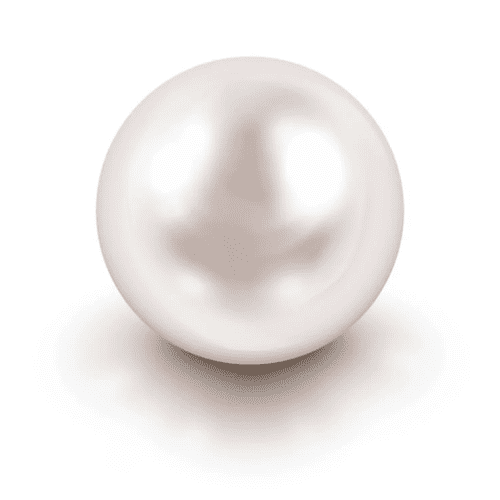
Known for their aesthetic metallic shine and round shape, Akoya pearls are known as classic white pearls. These pearls are produced in Japan, China and Vietnam. In the US, Akoya pearls are the most prominent saltwater pearl. The higher the lustre, the more valuable will be the pearl.
These pearls have neutral overtones and colours. Mostly, Akoya pearls are white or grey in colour, with silver or pink overtones. The average size of a typical Akoya pearl is 7mm.
Akoya pearl is the 3rd most commercially valuable pearl. The relative rarity of these pearls, classic round shape and their aesthetic sheen of these pearls distinguish them from the rest and make them highly valuable. These pearls are used in necklaces and other jewellery.
2. South Sea Cultured Pearls
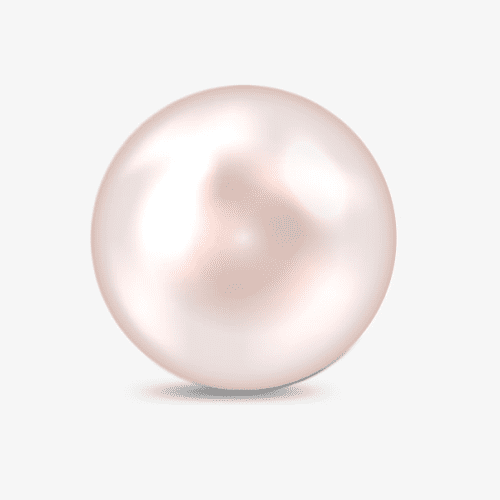
South Sea Cultured Pearls are larger than other pearl types. The growth period of these pearls is 2-4 years. These pearls have the thickest average nacre of other cultured pearls. All these factors make south sea cultured pearls most valuable and distinguishing. These pearls are the most expensive of all types of pearls.
South Sea Pearls are naturally lustrous and attractive. After their harvest, these pearls are merely washed to get rid of residue and dirt. The size of these pearls can range from 8 to 20 mm, while a few south sea pearls can even be larger than 20mm.
White South Sea pearls come from the Northwest coast of Australia. South sea pearls of golden colour are also produced in Indonesia and the Philippines.
3. Tahitian Cultured Pearls
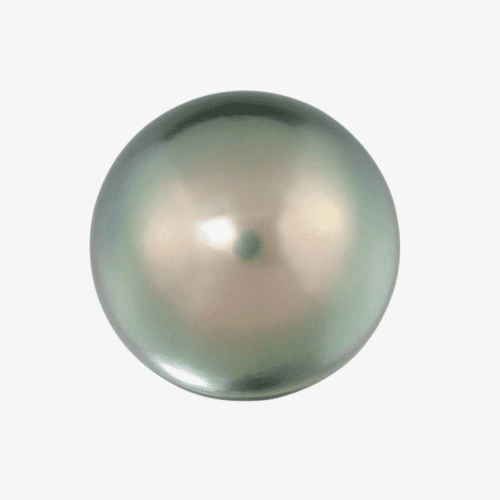
While these pearls are named Tahitian cultured pearls, their origin is not from Tahiti. The atolls which are used in producing Tahitian pearls are traded from Tahiti. These pearls are mostly cultivated in French Polynesia islands.
The beauty of Tahitian pearls lies in their broad colour range. Tahitian pearls can be black, grey, brown, regal green with blue, green, pink or purple overtone. These pearls are bead nucleated with various forms of shapes, like button, circled pearls, baroques, and drops.
The size of a typical Tahitian pearl ranges from 8mm to 18mm. Tahitian pearls were once among the rarest and most valuable pearls in the world. Even today, these pearls are more valuable than freshwater and Akoya pearls.
4. Freshwater Cultured Pearls
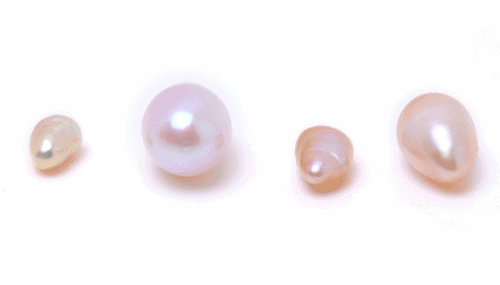
Freshwater pearls are amongst the most popular pearls used in jewellery design. These pearls are well-recognised for their remarkable range of sizes, gorgeous colours, and shapes. You will often find these pearls in earrings, necklaces, bracelets, and pendants.
The majority of freshwater pearls are sourced from freshwater lakes and ponds. China is the leading producer of freshwater pearls. It produces over 1500 tones of freshwater pearls in a year.
The size of a typical freshwater pearl ranges from 2mm to 8mm, with the average size being 6mm. These pearls have a gorgeous variety of colours. Pink, gold, blue, green, lavender, white and other myriad dyed bolder and more fashionable colors.
Since these pearls are made of 90% nacre, they are soft and delicate and vulnerable to scratches or cracks. The shape of these pearls is round, oval, and baroque.
Do you know that blue sapphire is famously believed to evoke and stimulate the vital chakras to promote the healing of the body? Uncover more interesting facts and information related to the mysterious blue sapphire stone by checking out our detailed guide on it.
Other Unconventional Types of Pearls
Here are some other pearls that are prominent because of their rich history and unique features:
1. Keshi Pearls
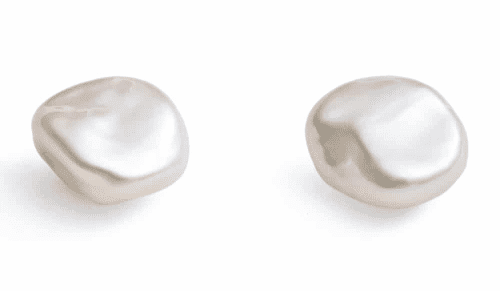
Keshi pearls are saltwater or freshwater pearls. These pearls hold great significance in astrology. Astrologers often recommend Keshi pearls to people who need the power of the moon. Keshi pearls are expensive because of their elegant luster. These pearls do not have a beaded nucleus and come in distinct shapes.
2. Baroque Pearls
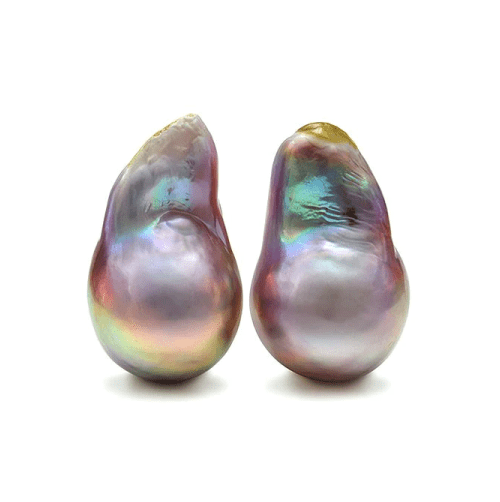
The pearls with irregular and non-spherical shapes are baroque pearls. Baroque pearls are also a prominent choice to make jewellery. There are various shapes of baroque pearls, like coin-shaped, egg, oval, etc.
3. Biwa Pearls
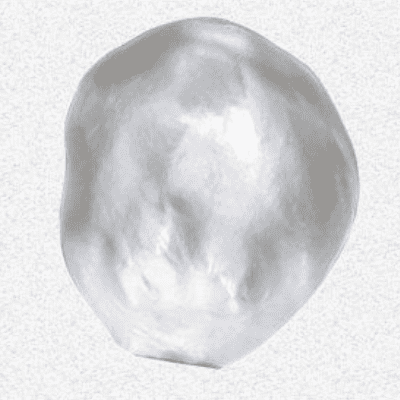
Biwa pearls have only two colors – white or pink. These pearls resemble sticks or rice grains. These pearls originate from lake Biwa in Japan, hence the name Biwa pearls. In Japan, these pearls are known for their healing properties and are believed to improve the emotional well-being of a person.
Did you know that cutting a black diamond can take upto a year? Read more on the properties and myths surrounding the black diamond by reading our blog.
Types of Pearls Based on Shape
Apart from the pearls mentioned above, you may also hear names of other pearls that may sound unfamiliar to you. However, take it easy, those names may be based on shapes.
1. Seed Pearls

Shape – round or spherical shape
Colour – White or cream
Size – 2 – 4mm
Type – Freshwater pearls
2. Round Pearls
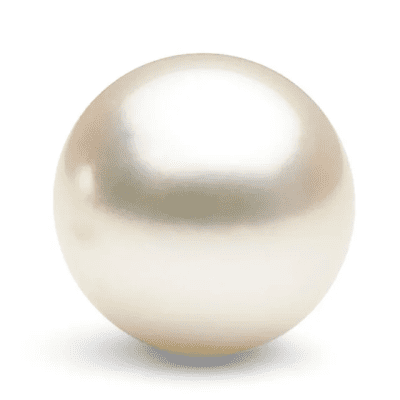
Shape – spherical
Colour – white, black, grey, gold or pink
Size – 4 -18mm
Type – Freshwater pearls
3. Button Pearls
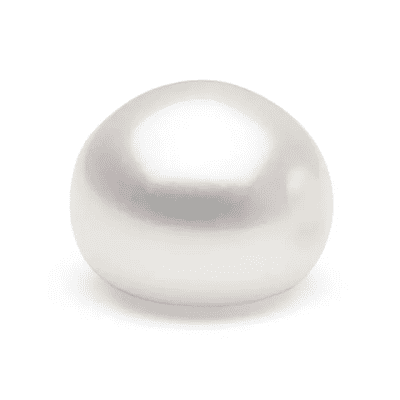
Shape – semi-spherical
Colour – white, black, pink, grey
Size – 3 – 8mm
Type – Freshwater pearls
4. Coin Pearls
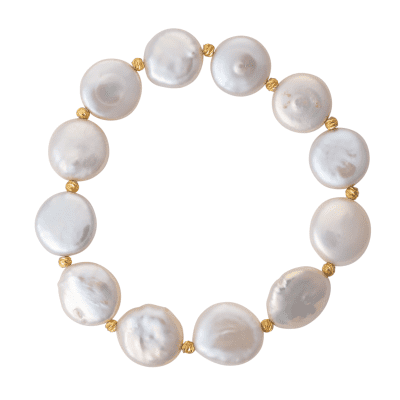
Shape – Circular resembling a coin
Colour – white, pink, black, gold
Size – 3 – 7mm
Type – Freshwater pearls
5. Rice Pearls
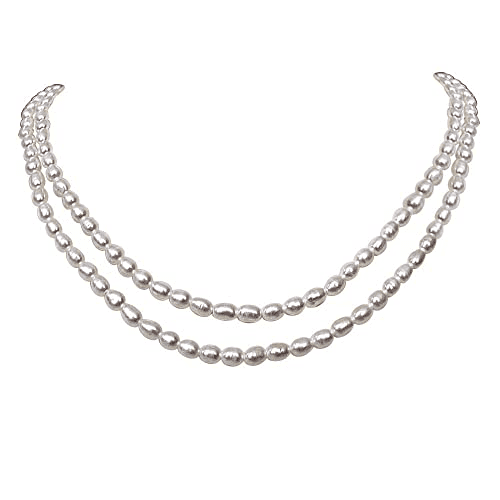
Shape – long resembling a rice
Colour – Ivory
Size – 2 – 4mm
Type – Freshwater pearls
Of all the variety of pearls mentioned above, which one do you think suits you the best? No matter what your unique style or preference is, there’s always a perfect pearl out there for you!
If you own a gem or a diamond and want to know more about its specifications, you can opt for our gemstone grading reports. SGL Labs is the leading and fastest-growing gemstone and diamond grading lab in the world. Our reports are the result of the latest science, state-of-the-art equipment with the highest possible quality standard, and analytical infrastructure.

